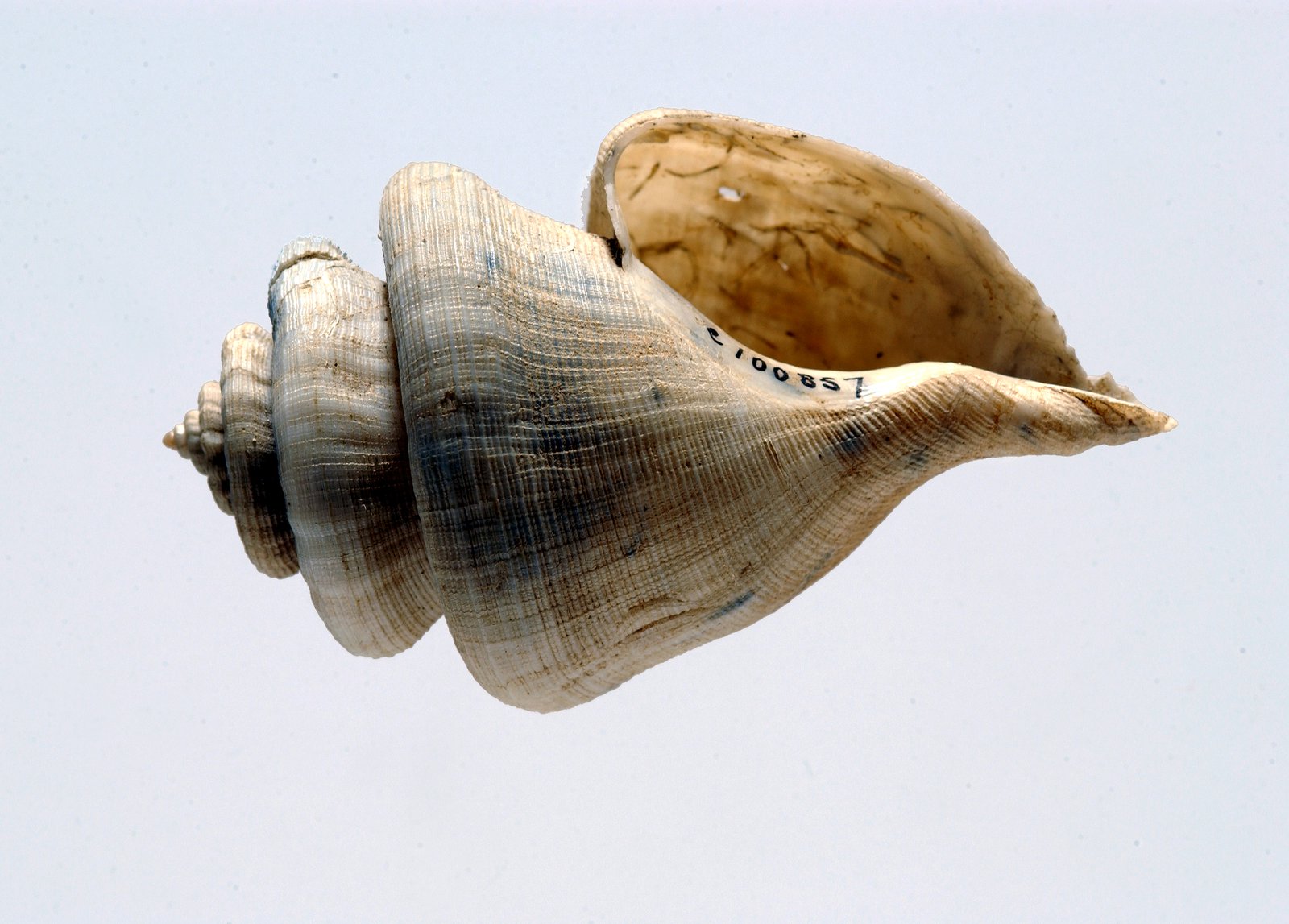Ken Graham specimens
On this page...
Between the early 1970s and the late 1990s, New South Wales Fisheries conducted a research program to evaluate the stocks and sustainability of commercial fisheries on the continental shelf and slope of New South Wales. Species targeted were as varied as gemfish, royal red prawns and squid.

© Australian Museum
Using Fisheries Research Vessel 'Kapala', many marine animals were caught which were not commercial fisheries species. These specimens, known as 'by-catch' included starfish, finfish, shells, crabs, urchins, prawns, octopus, scallops, corals and seacucumbers. By-catch species, while not considered important to commercial fisheries, are a vital part of the marine ecosystem which commercially fished species depend on to survive.
Throughout the period of the research program, fisheries research officer and Australian Museum Associate, Ken Graham, collected thousands of by-catch species and donated many to the Australian Museum. The Australian Museum has over 5,000 lots of molluscs alone from this source. The 'Kapala' by-catch specimens, now residing in the Australian Museums Mollusc, Fish and Marine Invertebrate collections, form the most complete record we have of the distribution of animals on the continental shelf and slope of Australia.
Such a collection generates its own momentum. When an initial query of 'what is that?' is met with a response of 'I don't know; I've never seen it before', research projects are generated to identify and/or describe the new species. Dr Winston Ponder's 1983 monograph on the living and fossil Xenophoridae (carrier shells) of the world began with attempts to sort out five species brought in from the 'Kapala' by Ken Graham.
In 1982, in recognition of the contributions of Ken Graham and NSW Fisheries, Dr Ponder named an unusual shell in the family Buccinidae Kapala kengrahami. Many other species originating from 'Kapala' trawls have been described by research workers in the Australian Museum, interstate and overseas - and the work will continue for years to come.

